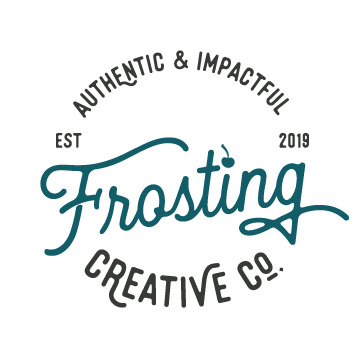Project Brief: Your Strategy for Success
“The quality of the solution depends entirely on how well you state the problem.”
– Craig Frazier, illustrator/designer
In marketing, there is a single document that unites all of your creative ambassadors in planning new business communication strategies. The information contained in this document becomes the directive for what your advertising needs to do. It combines information about consumer behavior, your target market, your product, its position in the marketplace, and your product’s future goals. This document is known as a PROJECT BRIEF. To seamlessly influence the perception consumers have of your product or service relative to its competition, we recommend beginning each new campaign with a solid project brief. Really strong briefs become a shared roadmap for your campaign that not only strengthens your brand’s equity, but also your team’s unity.
There is an art to creating the perfect Project Brief. Below, we’ll discuss important sections that you should consider when uniting your creative teams on a new campaign.
DEADLINE
If your project brief contains nothing else, it must include a deadline. You might have a scheduled event or holiday by which you need materials prepared. But even when the completion date is arbitrary, (as the old saying goes…) a goal without a deadline is only a wish. It is always best to begin with your end in mind. Start any new campaign with a clear picture of what you want, and a realistic date by which you want it. Your creative partner will help you work backwards from your deadline to identify key milestones in your production process and to determine how much time you can spend on each milestone. Your deadline (and your budget) will affect the kind of creative your team can produce.
CAMPAIGN OBJECTIVE
Before you can solve a problem, you must identify what it is. Thoughtful research will provide key facts and insight. Consider the following questions: What is your campaign’s most important attribute? What do you want people to understand, believe, or feel about the product? What common outcome should tie together all projects within your campaign? Reduce these answers to one, single-minded statement—one that is most relevant to your business goals and driven by your research. This becomes your advertising objective. This could be something really simple like selling a certain number of tickets or increasing website traffic by a specific percentage by a certain date. Be sure to identify an outcome that can be assessed post-launch, so in future time you can measure the success of your efforts.
AUDIENCE
We’re all different. We use different dialects. We have different political views, religious preferences, family obligations, diets, and exercise habits. Therefore, we all require different products and services to simplify our lives. Your product or service won’t solve a problem for everyone, so it’s important to create a profile of the specific consumer you’re addressing so your marketing speaks to the most relevant demographic. Define your ideal customer in terms of age, lifestyle, and interests. You might consider socio-economic status, personality traits, and geographic location. How do your buyers speak to one another? (For example, would they say “y’all or “you all”?) Do you care about them? And, do you know where to find them? Look at your product from their perspective, then align your marketing efforts with traits that are specifically relatable to them, and within your industry standard.
COMPETITION
Define your product category and assess your strengths and weaknesses: Where does your product fit in the marketplace? How is it perceived, and how do you want it to be perceived? Who are your competitors? What competitive edge can you offer? Remember, great brands push against something. Perhaps your price point is more competitive, or you cater to a niche demographic. Whatever the difference, embrace that and let it become the catalyst for your marketing.
EVIDENCE
Your marketing campaigns can shout the greatness of your product, but few will believe it until there is evidence to back it up. What evidence can you provide that will support your benefit objectives? It might be market research, sales revenue, or testimonials. Do more than say you’re great—how can you prove it? And then, use your design to validate it.
MANDATORIES & LIMITATIONS
Consider the feel you want your campaign to portray. You might think of 1-3 adjectives that summarize your intentions such as whimsical, straight forward, competitive, or wacky. Also mention any restrictions including legal cautions, carry-over of a slogan, boilerplate, line items, type of casting, and corporate tags. Are there any partner logos that should be featured? Does your ad vendor require particular size dimensions or file types? Are there any brand standards your designer should follow? It seems counterintuitive, but most creatives actually prefer to work under some constraints. Remember to include feel, mandatories, and limitations in your project briefs to ensure each partner is united in your campaign’s mission. If you’re unsure, schedule a team meeting to work these out in tandem.
REFLECT
As your campaign wraps, make time to evaluate the success of your efforts. Reflect with your team on what worked well and what could’ve gone better. A quick meeting can lead to improved future processes. As the old saying goes, “In business, you never lose. Either you win, or you learn.”
**
Keep up with all of our design tips by following us on Instagram. And, if you need some help with brief writing, strategy, or design—we got you.
**
For more information on crafting the perfect project brief, read our book: Discovering Your Authentic Brand.
